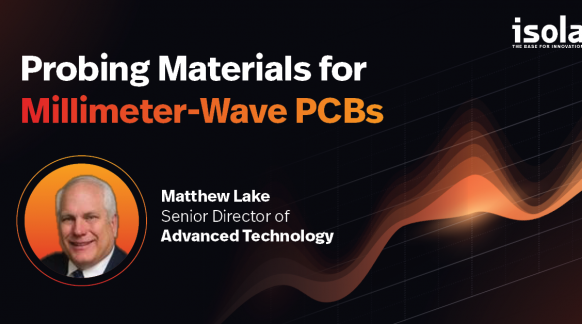Isola Releases IS550H Material: Interview with Experts
Interview by Nolan Johnson
Nolan Johnson speaks with Michael Gay of Isola and Chris Hunrath of Insulectro about the release of their new halogen-free, high-thermal reliability material, which they hope fills the gap in the market between epoxies and polyimides.
Nolan Johnson: I understand there’s something new on the market for us to talk about. Why don’t you tell us what it is and what the application is?
Michael Gay: Quite a few years ago, the automotive industry OEMs were looking for an alternative to ceramic-based materials for high temperature applications. They wanted something that was less costly. They wanted something that would fill the gap in between typical FR-4 applications and ceramics. A consortium called The Help Project was developed with several large OEMs and other industry participants in the automotive sector who wanted to work together and develop this material. We started with about a half-dozen different candidates and then whittled it down, making comparison to products like 370HR, which is a typical FR-4 lead-free compatible material. We started doing evaluations and we came up with the product we now call IS550H…
To read the full interview, click the link below!
Isola Releases IS550H Material (iconnect007.com)
28 April 2021


